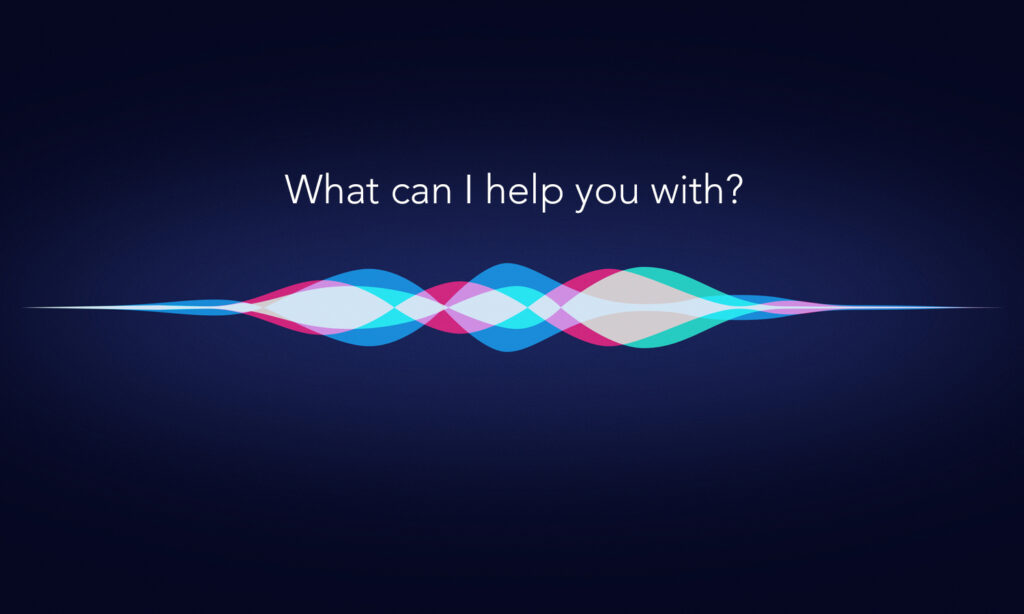Artificial Intelligence (AI) and Machine Learning (ML) are two terms I hear a lot these days, and it’s easy to see why. These technologies are transforming everything from the way we shop to how businesses operate. But even though they’re often used together, AI and ML aren’t the same thing. Let’s break it down in a way that’s simple and easy to understand.
What is Artificial Intelligence, Really?
At its core, Artificial Intelligence (AI) is about creating machines that can think and make decisions like humans. AI tries to replicate human intelligence, meaning it can reason, learn, and problem-solve. We see AI in action every day: virtual assistants like Alexa or Siri, automated customer support, and even facial recognition software.
But here’s the thing—AI isn’t a one-size-fits-all term. It has different types:
- Narrow AI (which is most of the AI we interact with today) focuses on a specific task like recognizing voices or recommending products based on your browsing history.
- General AI is the big goal—machines that can perform any intellectual task that a human can. We’re not quite there yet, but it’s the stuff of futuristic movies.

So, What About Machine Learning (ML)?
Now, Machine Learning (ML) is actually a subset of AI. Think of it like this: if AI is the big umbrella, ML is one of the tools underneath it. Machine learning is how computers “learn” from data. Rather than being explicitly programmed to complete a task, ML models analyze data and learn to make predictions or decisions based on patterns they find.
For example, when Netflix recommends a show you might like, that’s ML in action. Netflix’s algorithm has learned from the data of millions of users to predict what you’ll enjoy based on your viewing habits. The more data the algorithm processes, the smarter it gets.

How Do AI and ML Work Together?
Even though AI and ML are different, they work hand-in-hand. AI is the goal—creating intelligent systems—and ML is one of the ways we get there. In fact, many of the impressive AI applications we see today, like self-driving cars or advanced chatbots, rely on ML to function. The ML algorithms handle the data and learning, while AI allows the system to make decisions and act on that knowledge.
Why Should We Care About the Difference?
Understanding the difference between AI and ML isn’t just a technical detail—it’s key to understanding how these technologies impact our lives and businesses. AI helps us dream big and imagine new ways for technology to assist us, while ML is the practical, data-driven approach that makes those dreams a reality.
Knowing the difference can also help you make smarter business decisions. When you hear about AI solutions, you’ll know whether the technology is truly intelligent or if it’s relying on machine learning models to analyze data. It can also help you better assess the potential and limitations of the technology you’re considering for your business.
Wrapping It Up
So, while Artificial Intelligence and Machine Learning are often used together, they serve different purposes. AI is the broader concept of machines acting intelligently, while ML focuses on how machines learn and improve over time. Both are changing the world in exciting ways, but they’re not quite the same thing.
Curious about how AI and ML can benefit your business or industry? Let’s keep the conversation going, check out our website. We would love to help you and your business. These technologies are just getting started, and there’s plenty more to explore!


